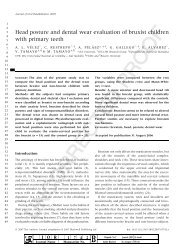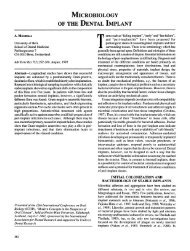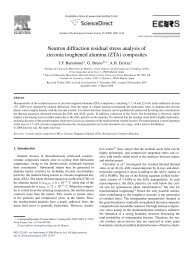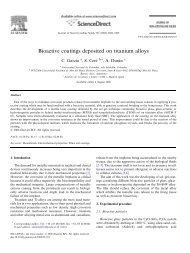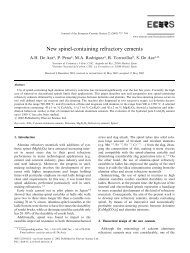Untitled - IBMC - Universidade do Porto
Untitled - IBMC - Universidade do Porto
Untitled - IBMC - Universidade do Porto
You also want an ePaper? Increase the reach of your titles
YUMPU automatically turns print PDFs into web optimized ePapers that Google loves.
Poster 04<br />
Molecular Genetics Detection of Cyanobacteria and Cyanotoxins<br />
Worldwide<br />
Ana Pimentel 1,2 , Cristiana Moreira 1,2 , Vitor Vasconcelos 1,2 and Agostinho Antunes 1,2<br />
1 CIMAR/CIIMAR, Centro Interdisciplinar de Investigação Marinha e Ambiental, Rua <strong>do</strong>s Bragas, 289,<br />
4050-123 <strong>Porto</strong>, Portugal; 2 Departamento de Biologia, Faculdade de Ciências, <strong>Universidade</strong> <strong>do</strong> <strong>Porto</strong>,<br />
Rua <strong>do</strong> Campo Alegre, 4169-007 <strong>Porto</strong>, Portugal<br />
Cyanobacteria are widespread and found in a diverse range of ecological niches including<br />
terrestrial and aquatic environments. The main importance in studying them is due to the<br />
production of dense blooms and the release of toxic compounds designated cyanotoxins,<br />
which can damage the aquatic environment and endanger the life of both animals and<br />
humans that rely of those aquatic ecosystems. In this sense the purpose of this study was<br />
to detect through PCR analyses which genera of cyanobacteria are found in water samples<br />
obtained worldwide (Europe, Asia, America and Africa). Also a screening of the major<br />
cyanotoxins was performed (microcystins, cylindrospermopsin, saxitoxin and anatoxin-a)<br />
using previously described primers.<br />
The results showed the presence of the species Cylindrospermopsis raciborskii in Costa<br />
Rica, being the first report of this species in that country, and also in South Africa where<br />
previous reports have indicated the presence of this cyanobacterium species. Also<br />
Microcystis aeruginosa, the most common cyanobacteria, was found in Mali, South Africa<br />
and Brazil. The species Planktothrix was found in South Africa, Brazil and Chile. Cyanotoxin<br />
microcystin (mcyA) was found in Mali, Costa Rica and Brazil. Furthermore,<br />
cylindrospermopsin (pks) was detected in South Africa.<br />
The PCR technique applied in this work proved to be faster and more reliable than the other<br />
methods that determine cyanobacteria and cyanotoxins presence due to its specify to<br />
detect strains of cyanobacteria as well as cyanotoxins, revealing to be a valuable tool in the<br />
monitoring of water quality.<br />
In the future, we plan to continue this kind of work to evaluate the risk management<br />
associated with the arising of blooms favored by global warming.<br />
Keywords Cyanobacteria . Cyanotoxin . PCR . Risk Management.<br />
44


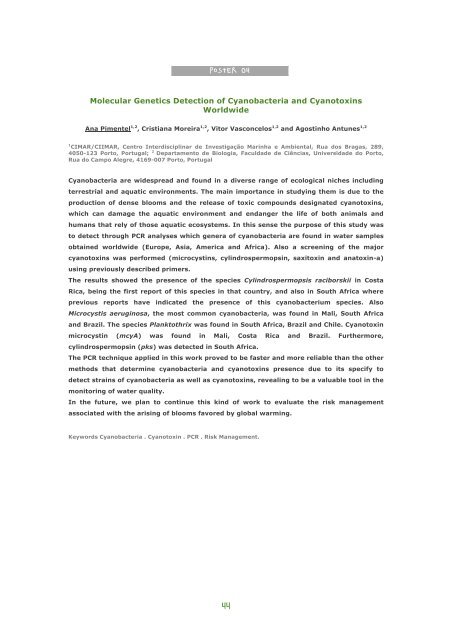



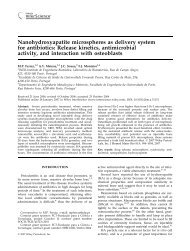

![registration form - download [pdf] - IBMC](https://img.yumpu.com/22442689/1/184x260/registration-form-download-pdf-ibmc.jpg?quality=85)
